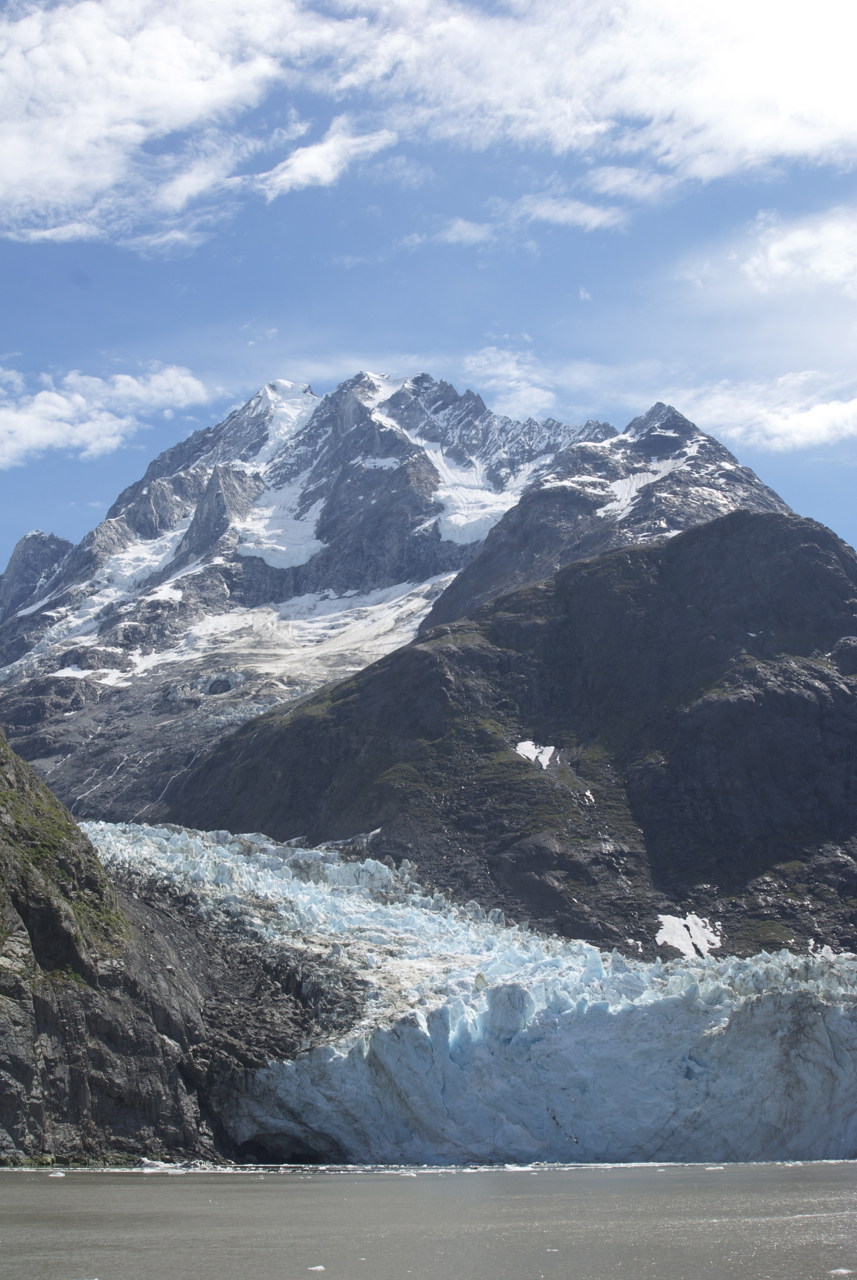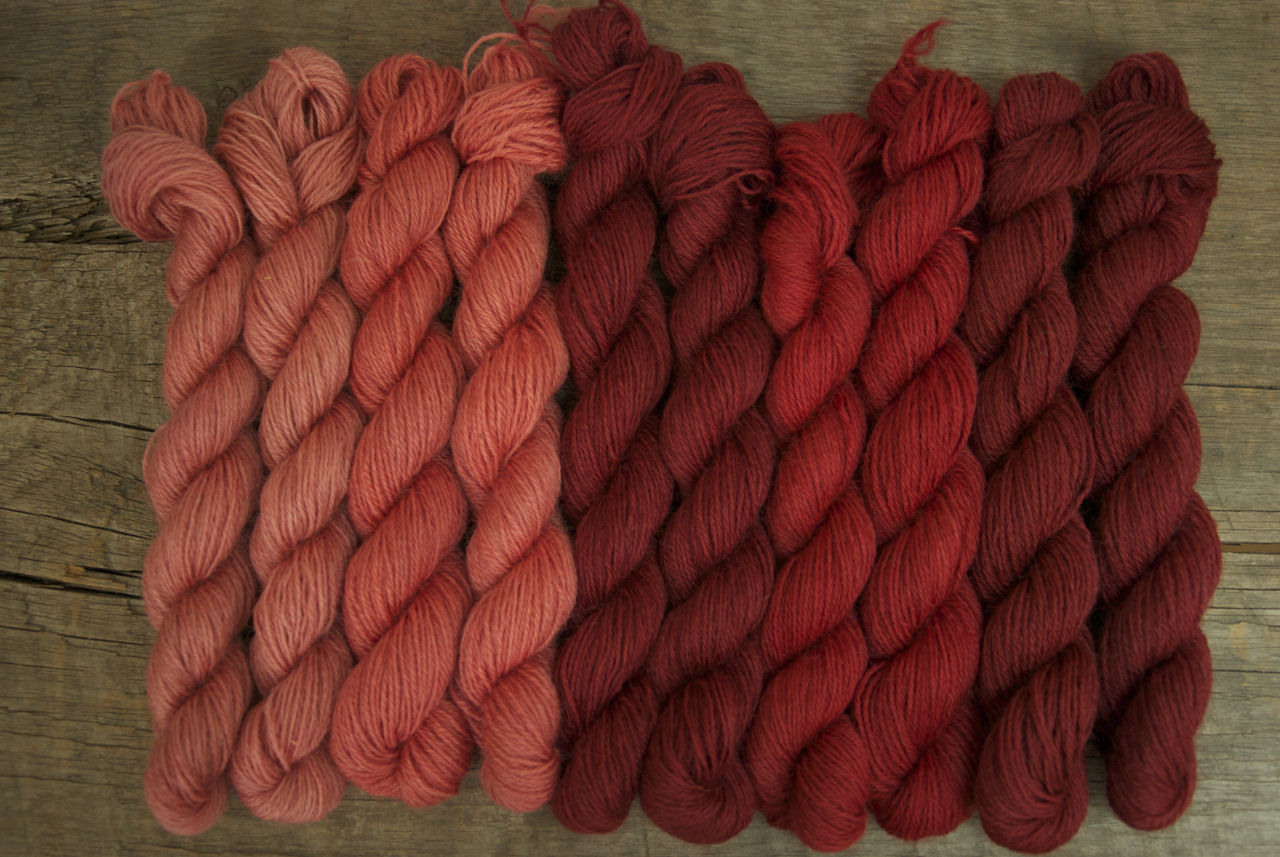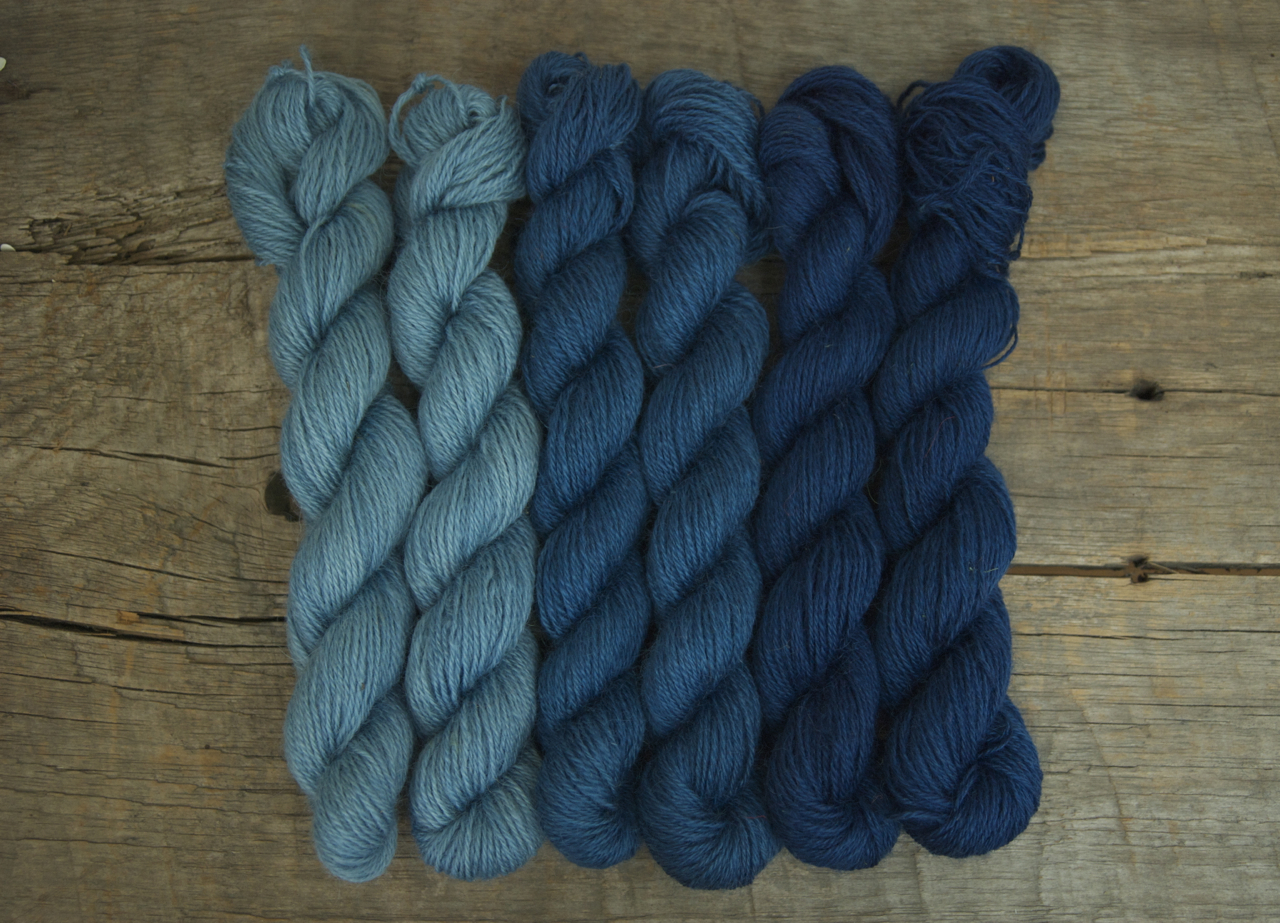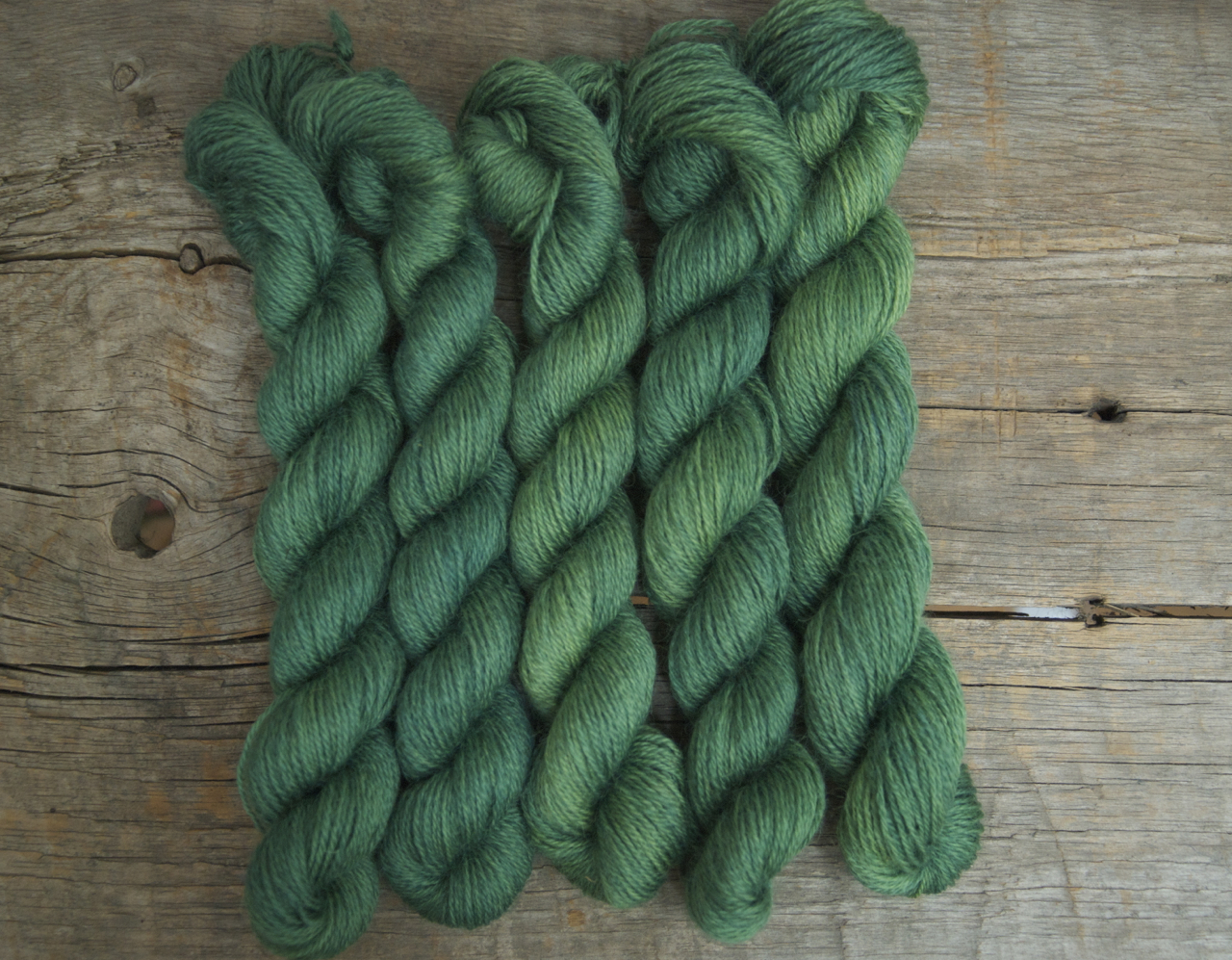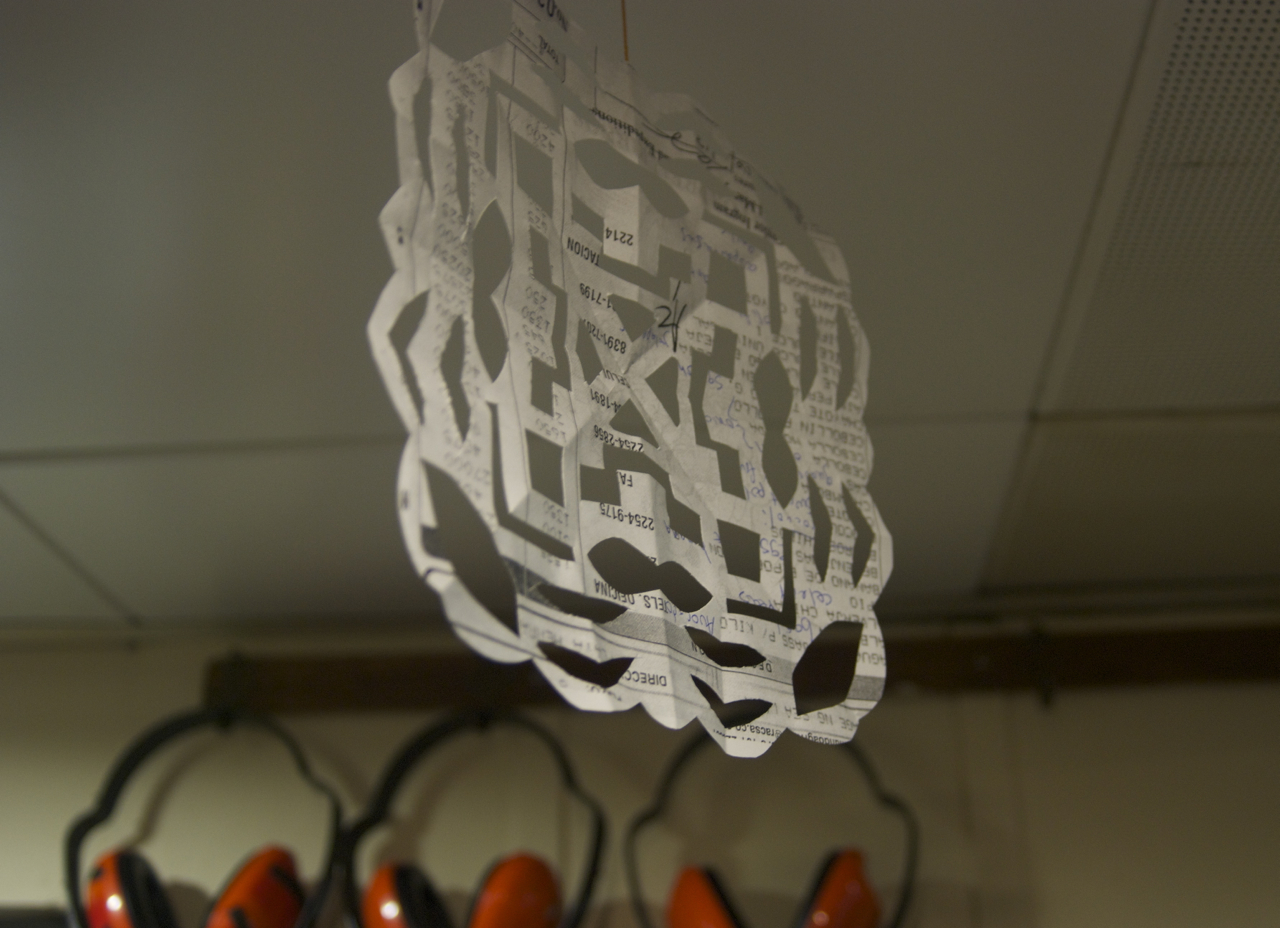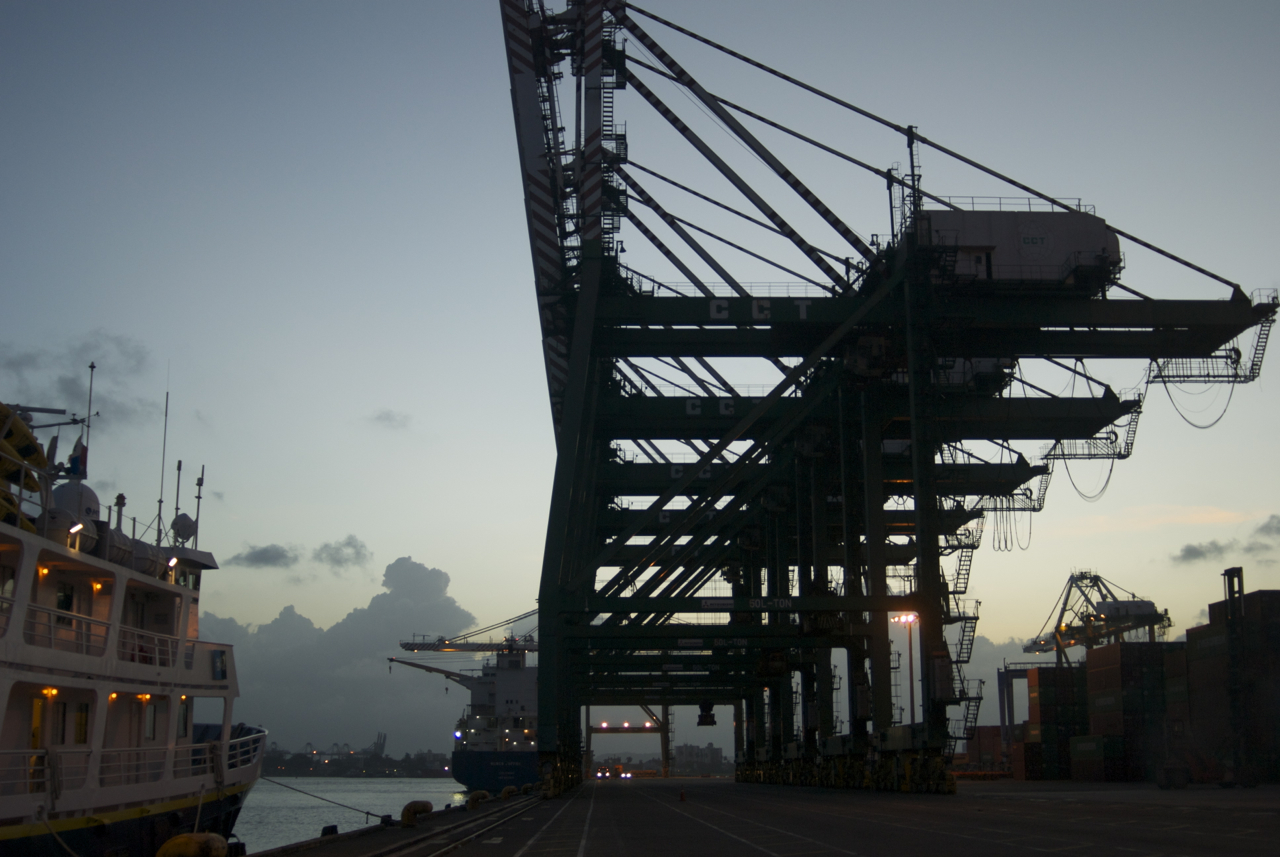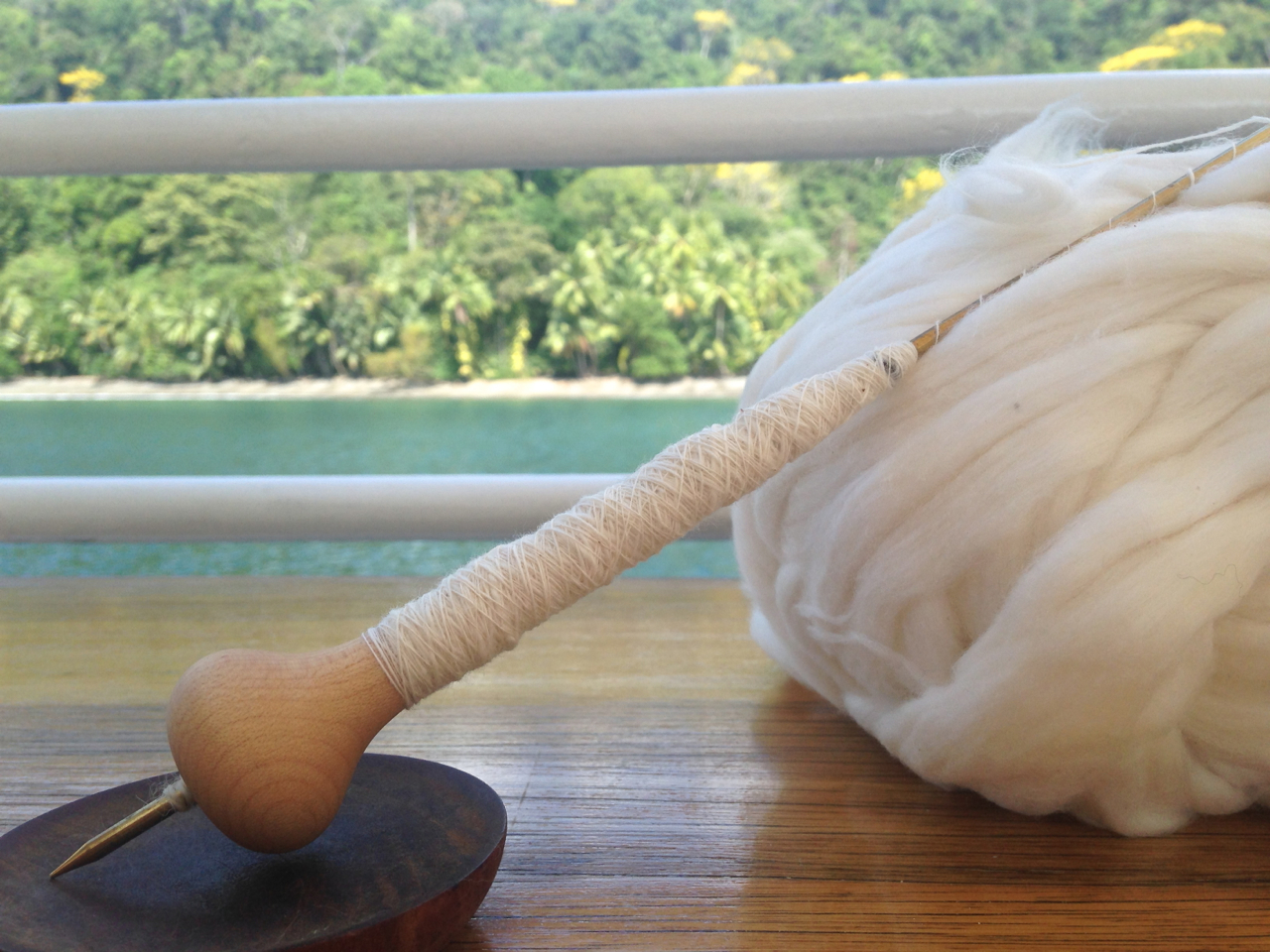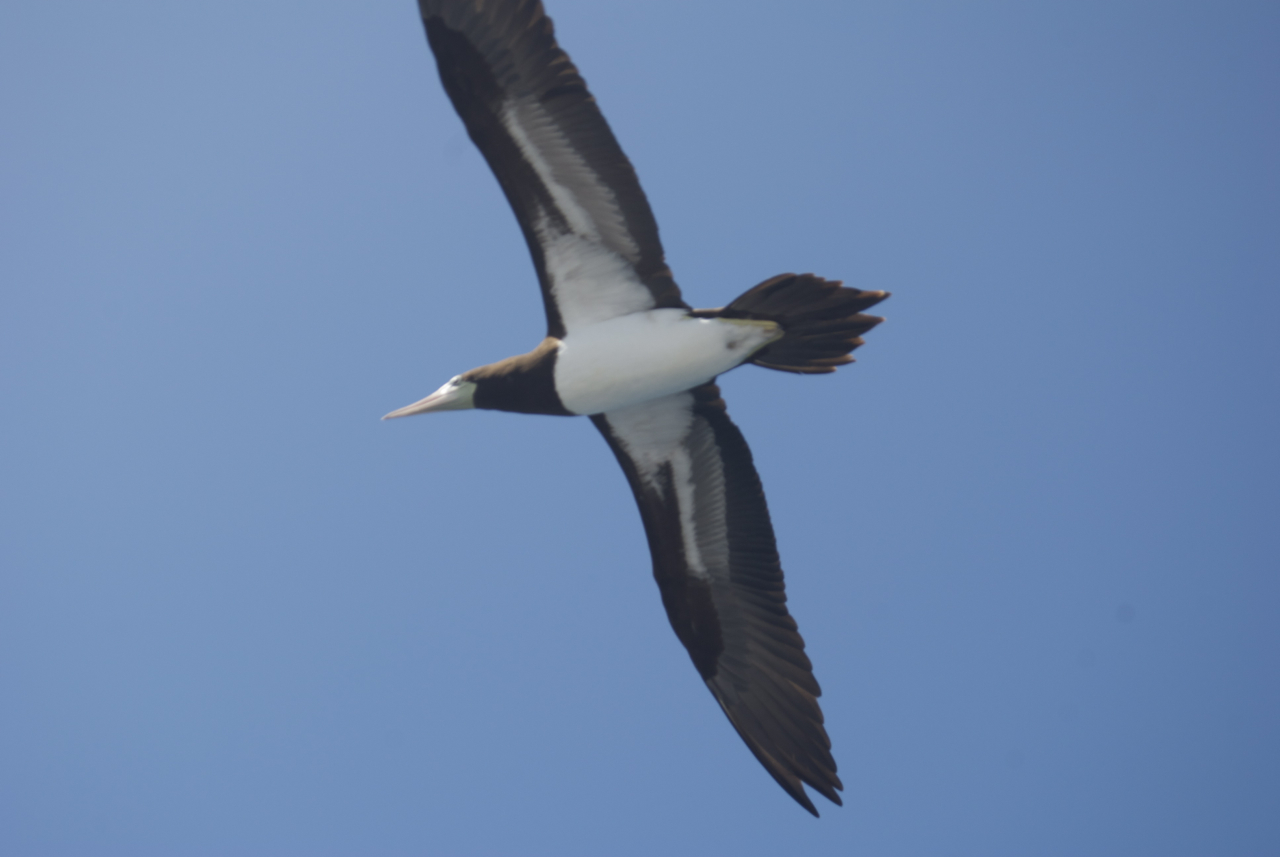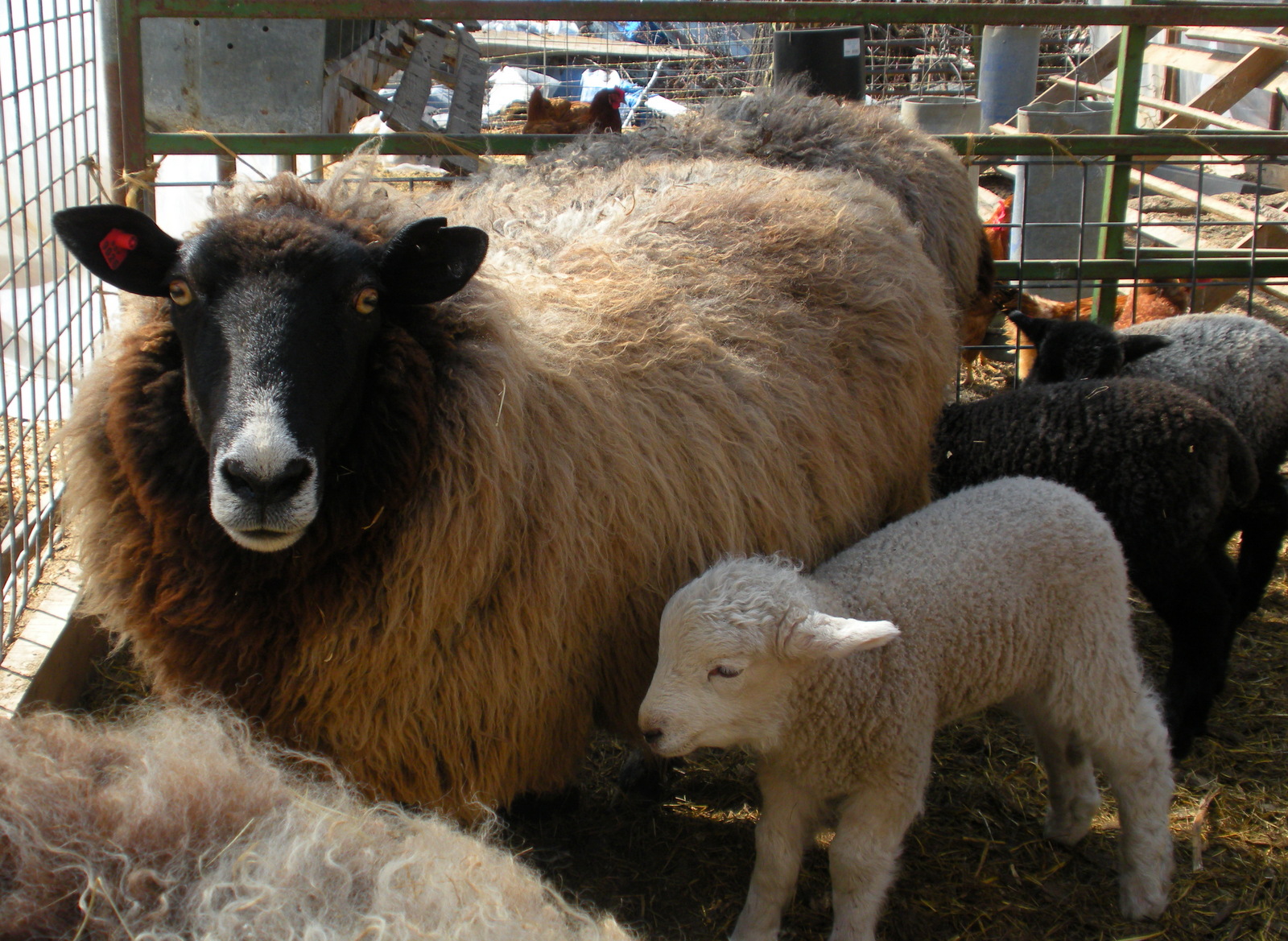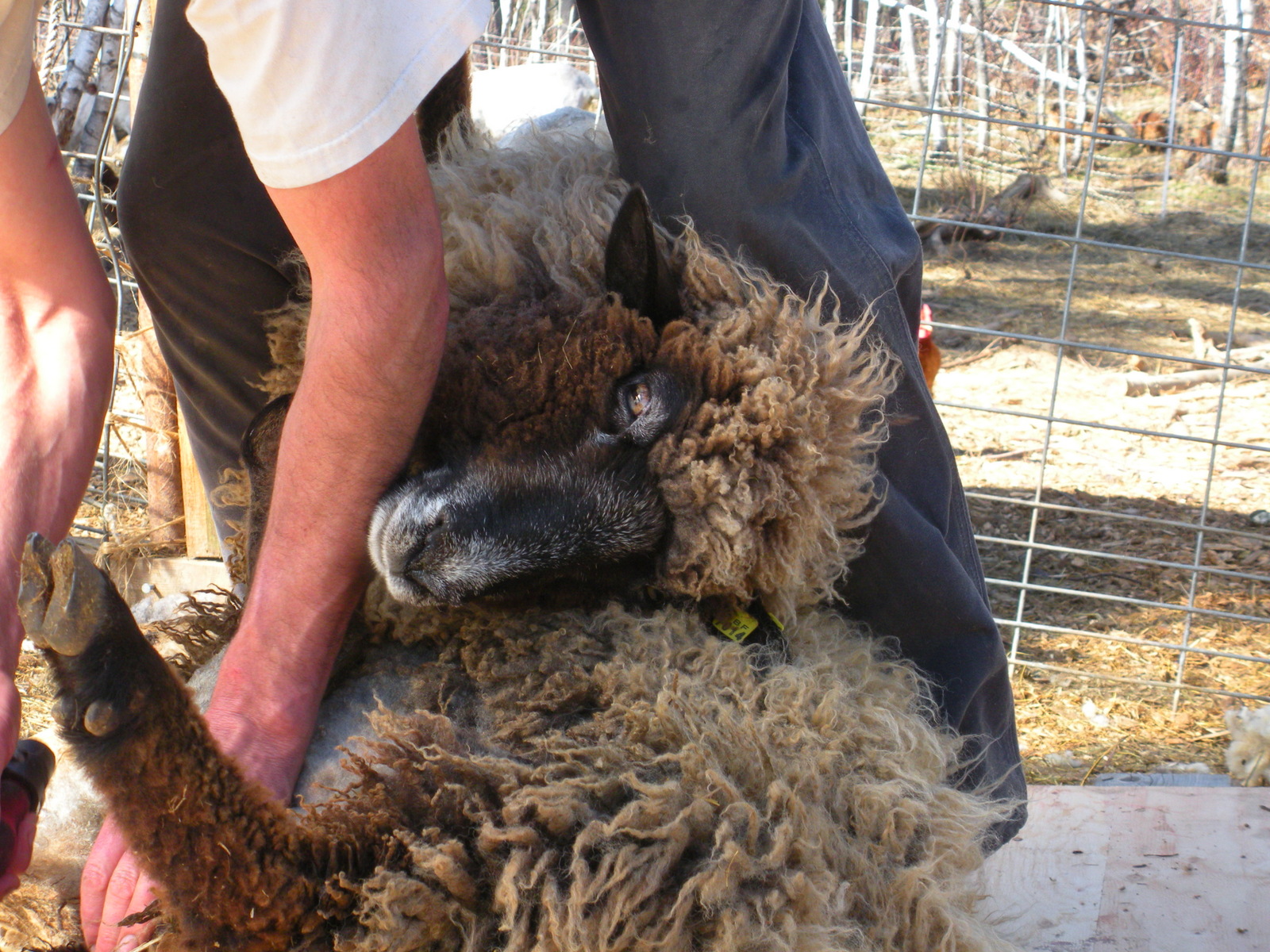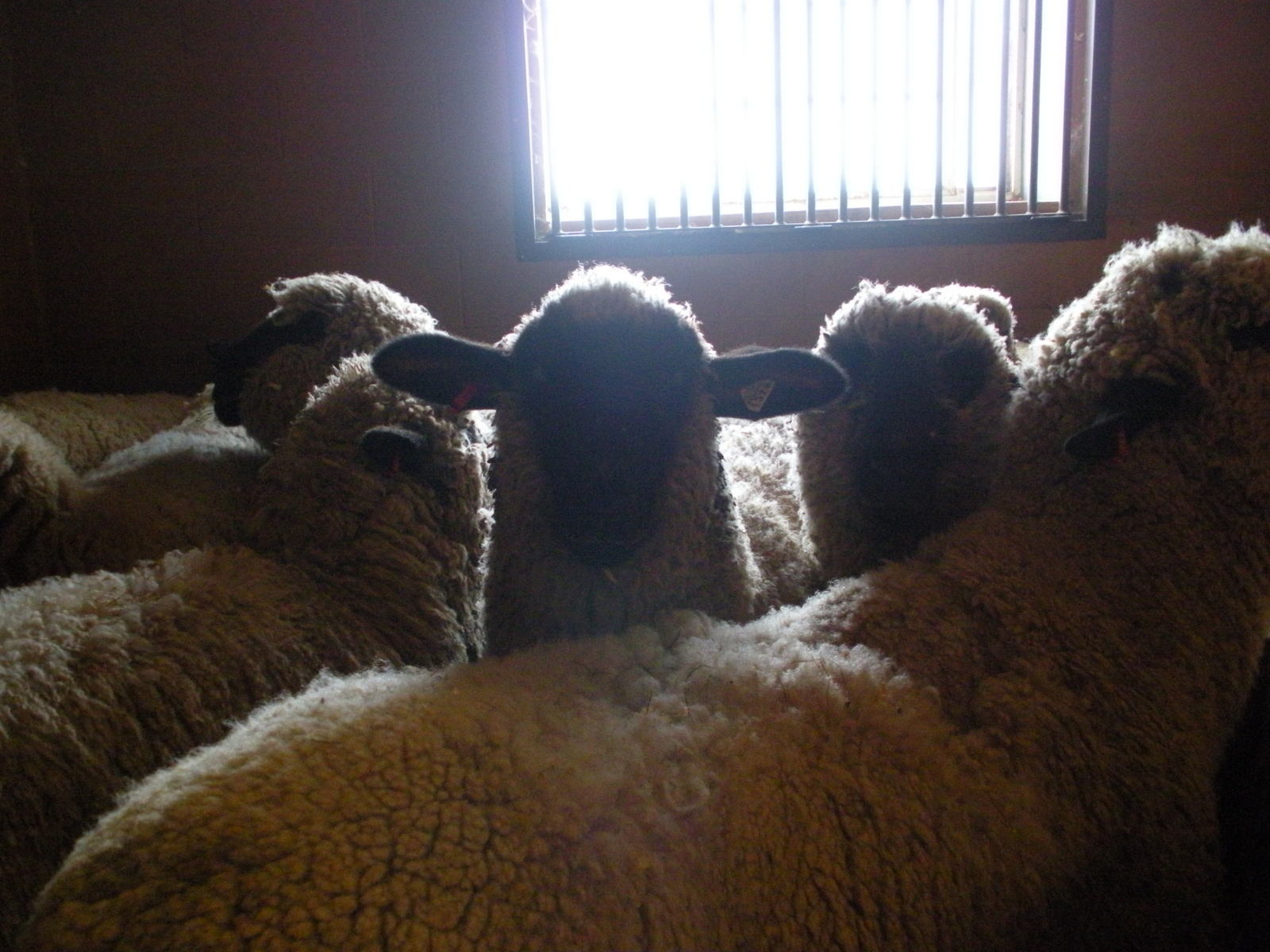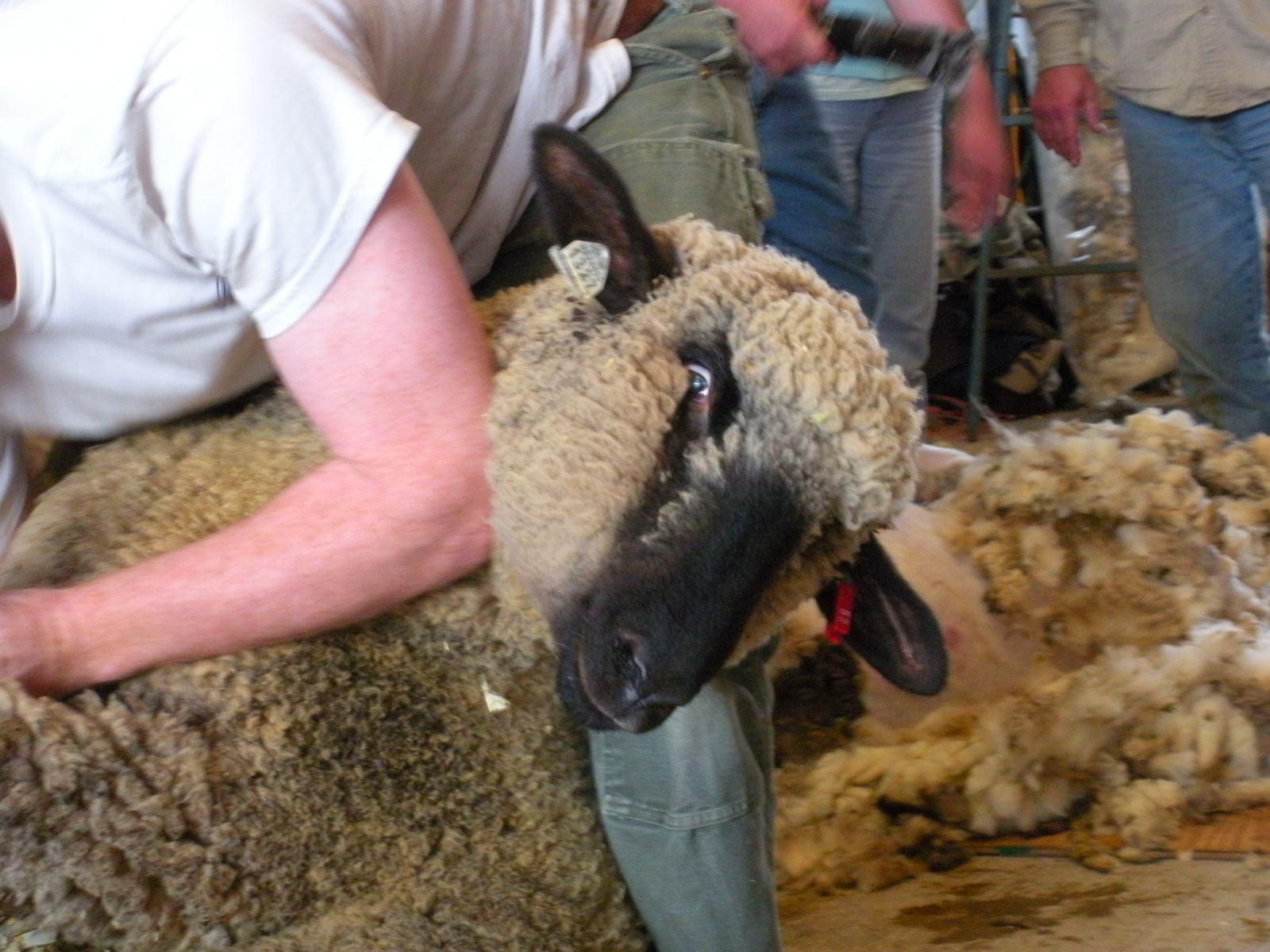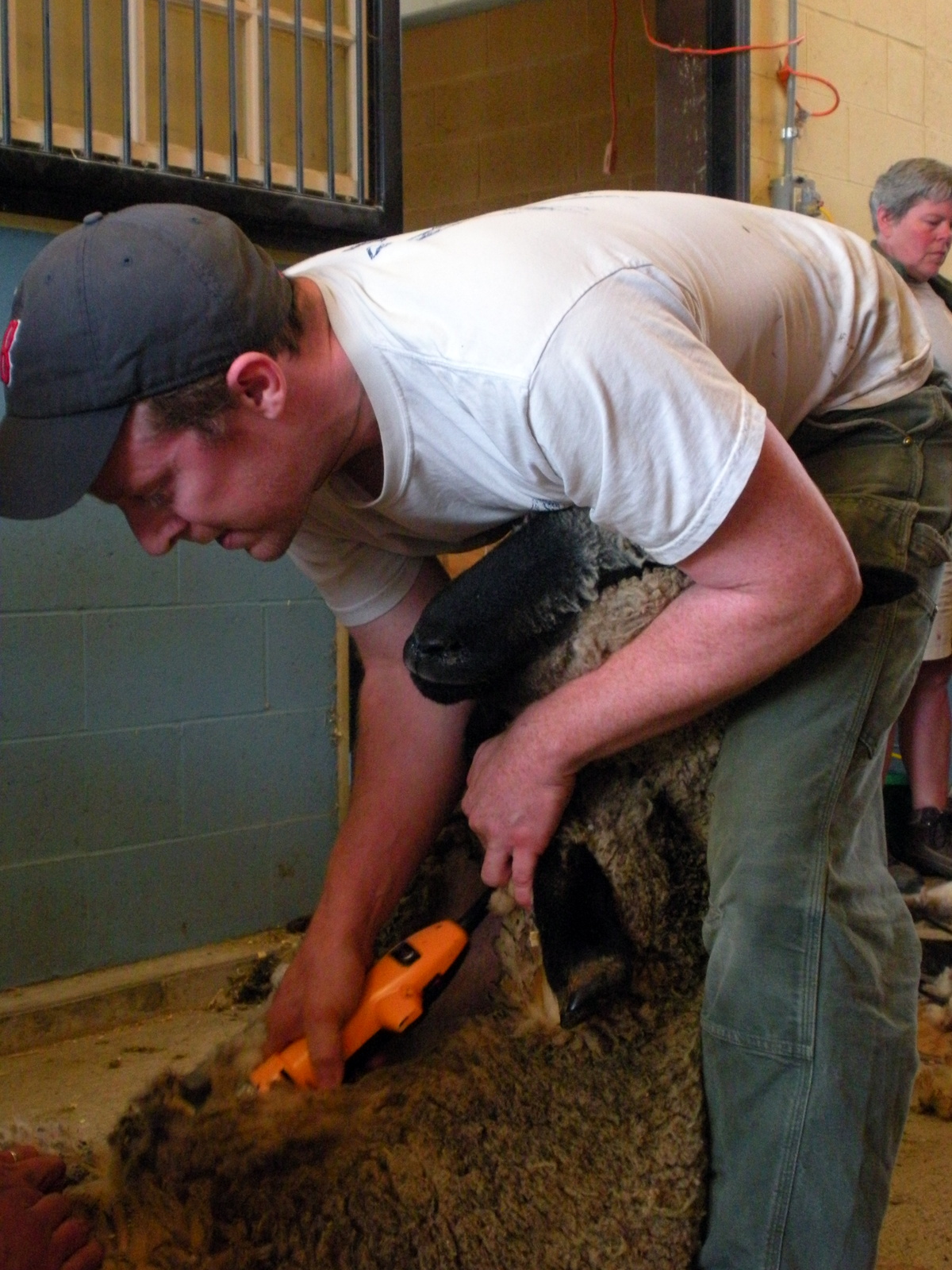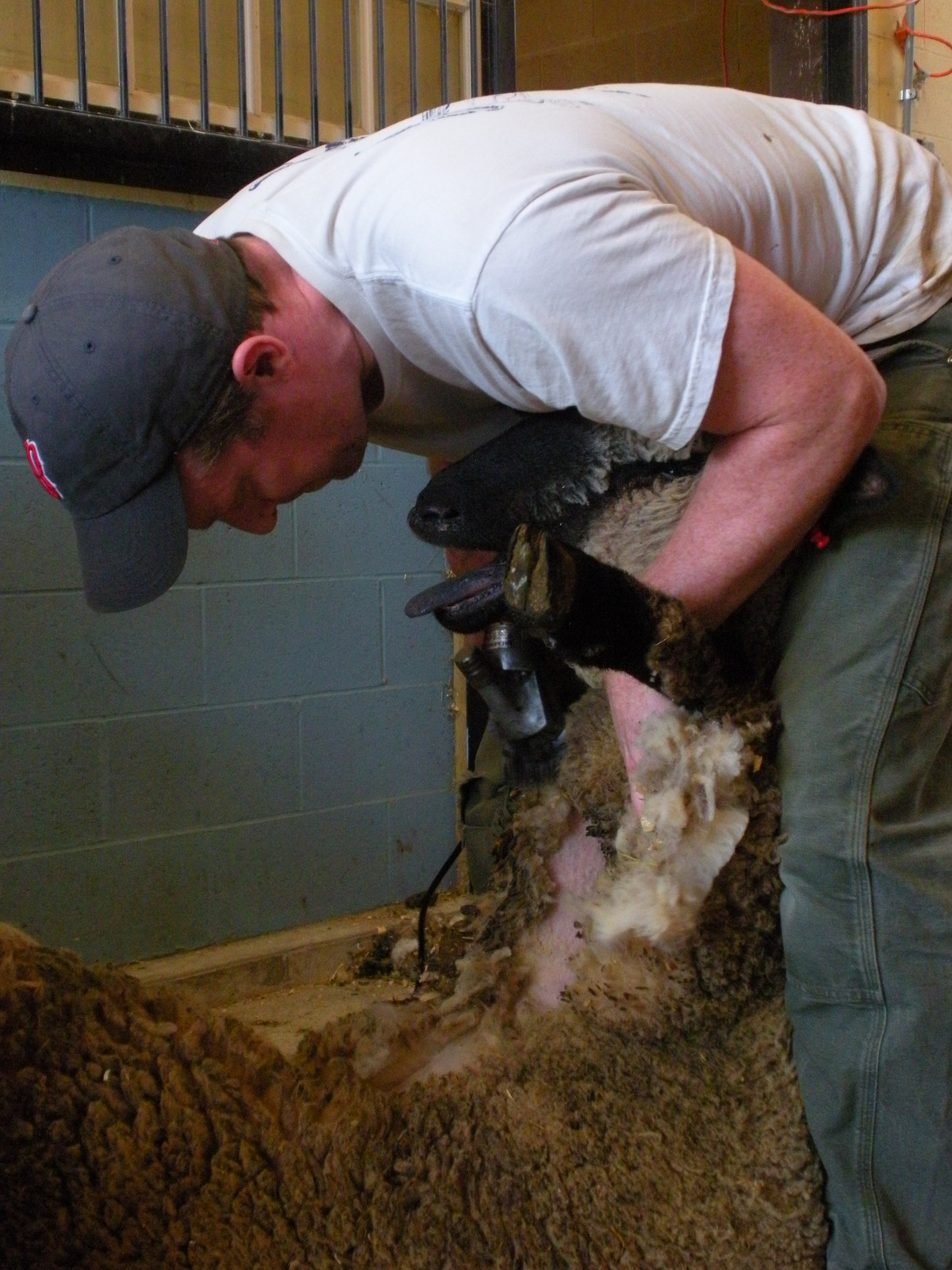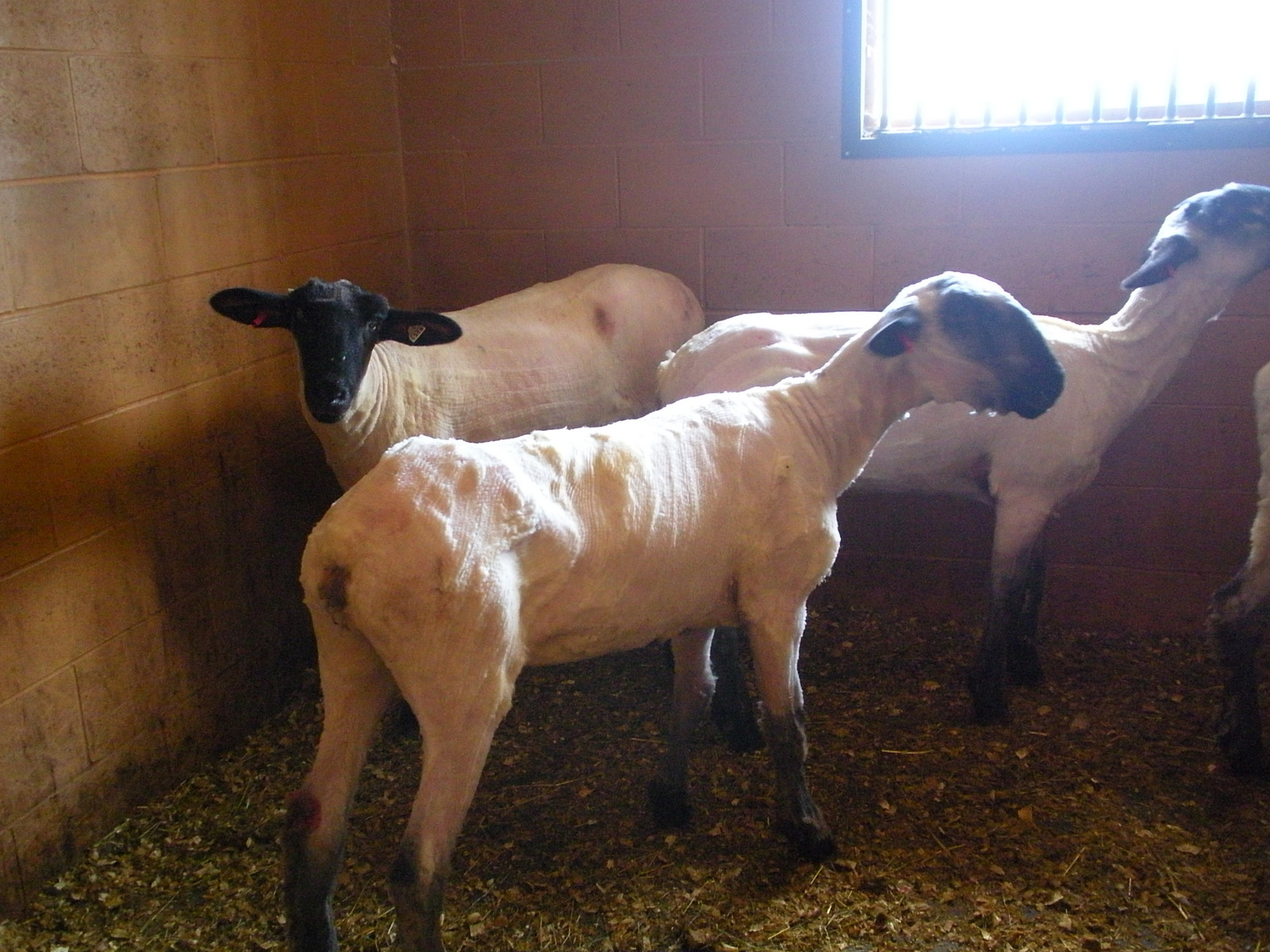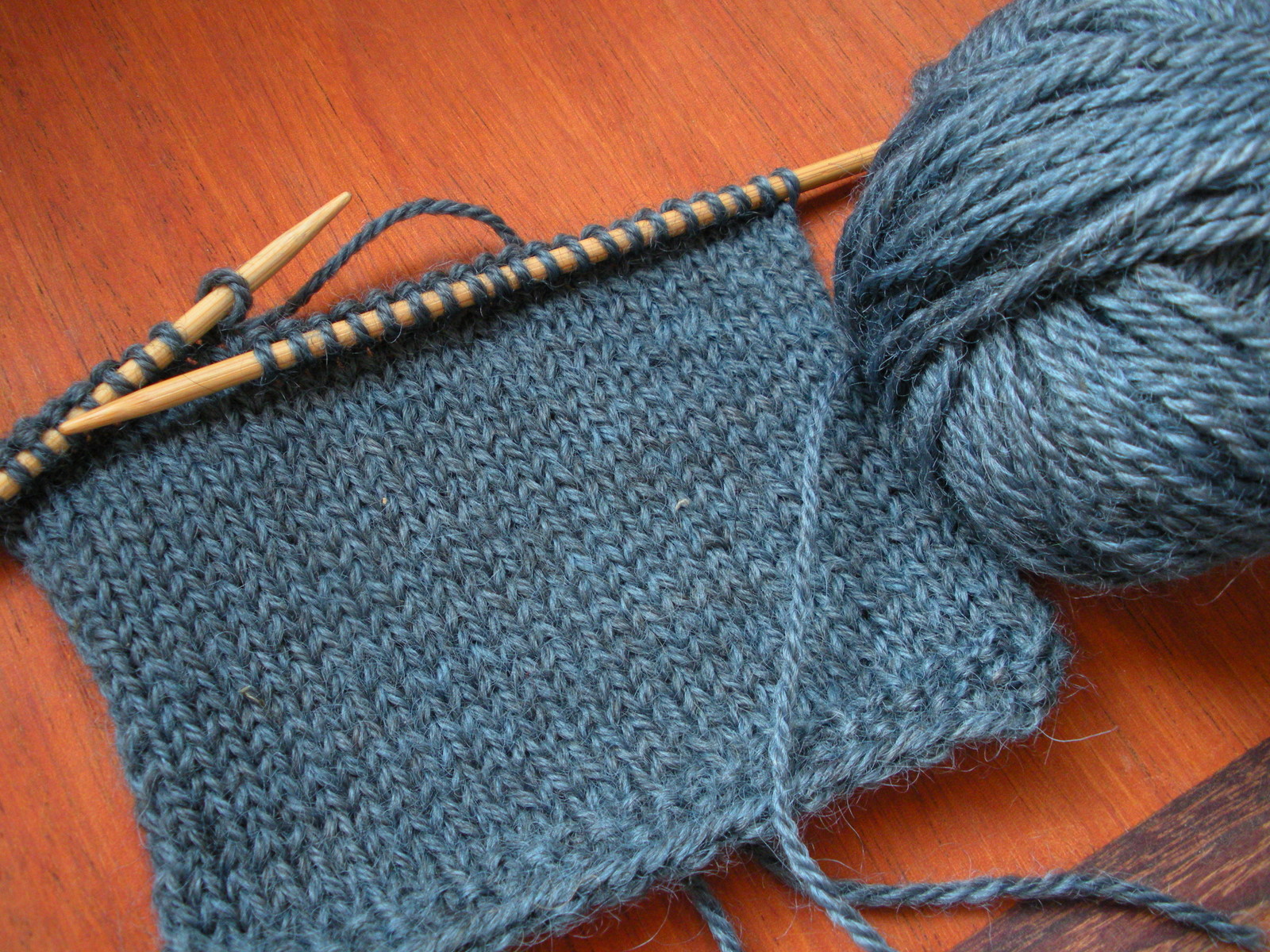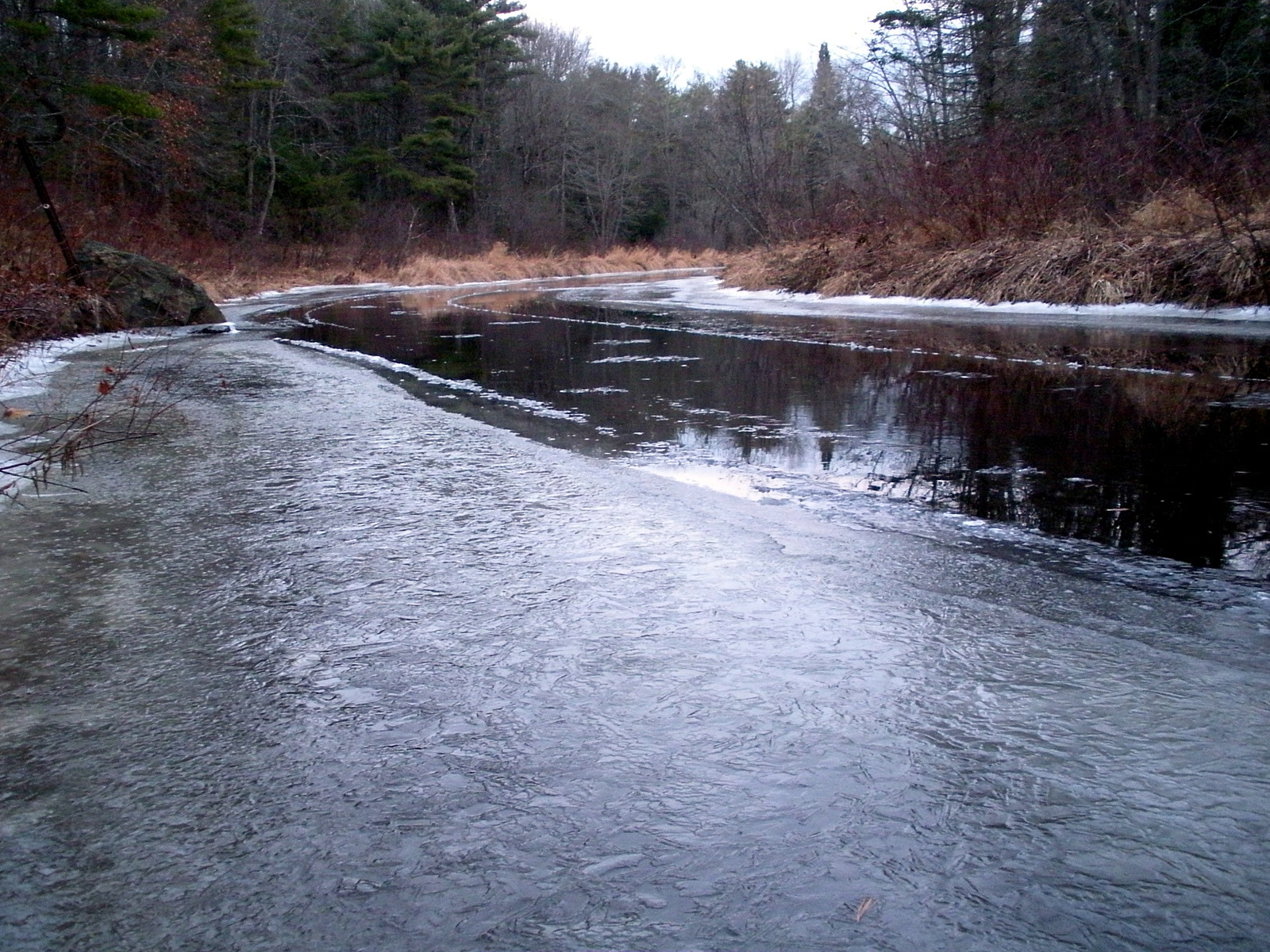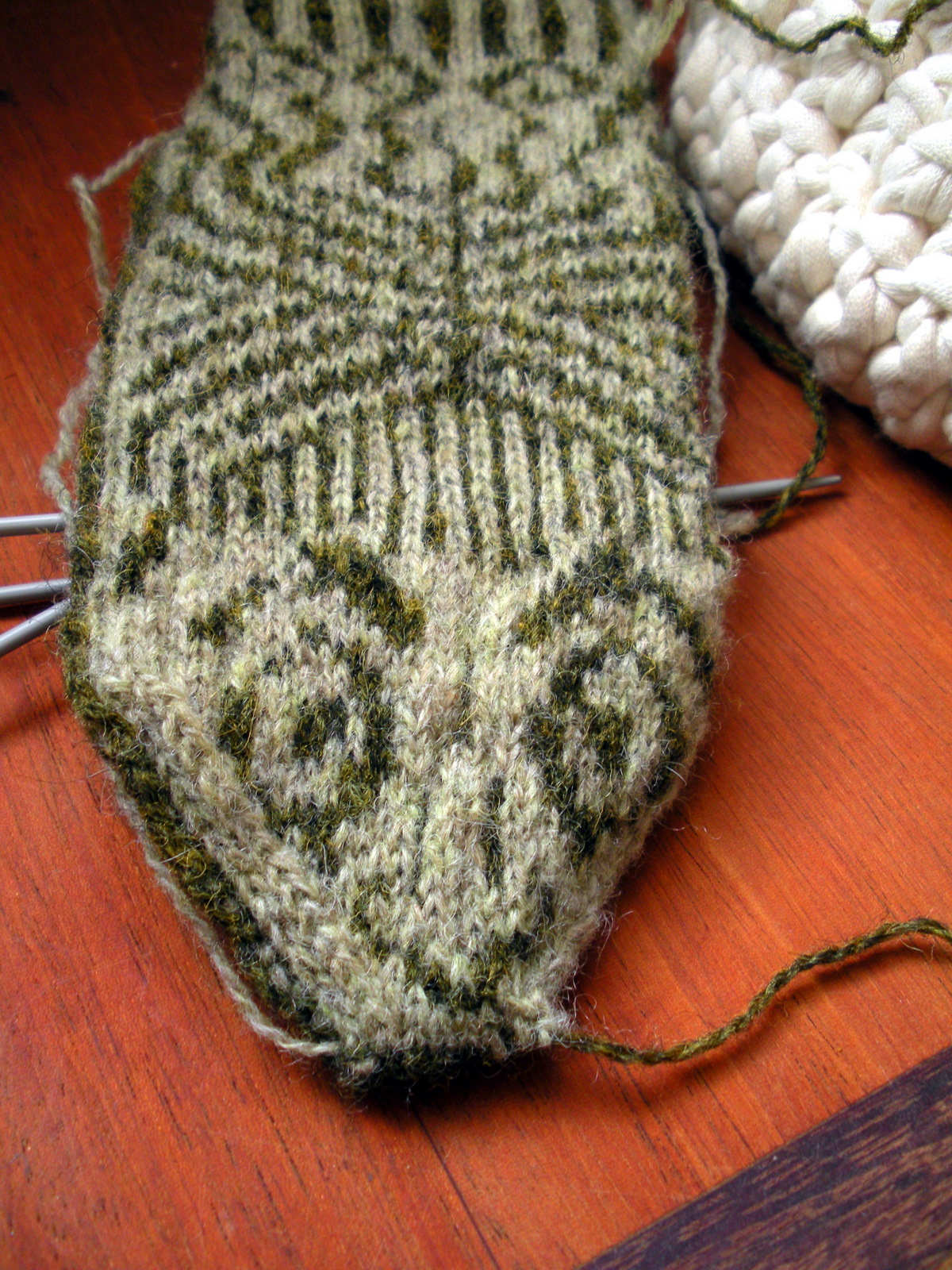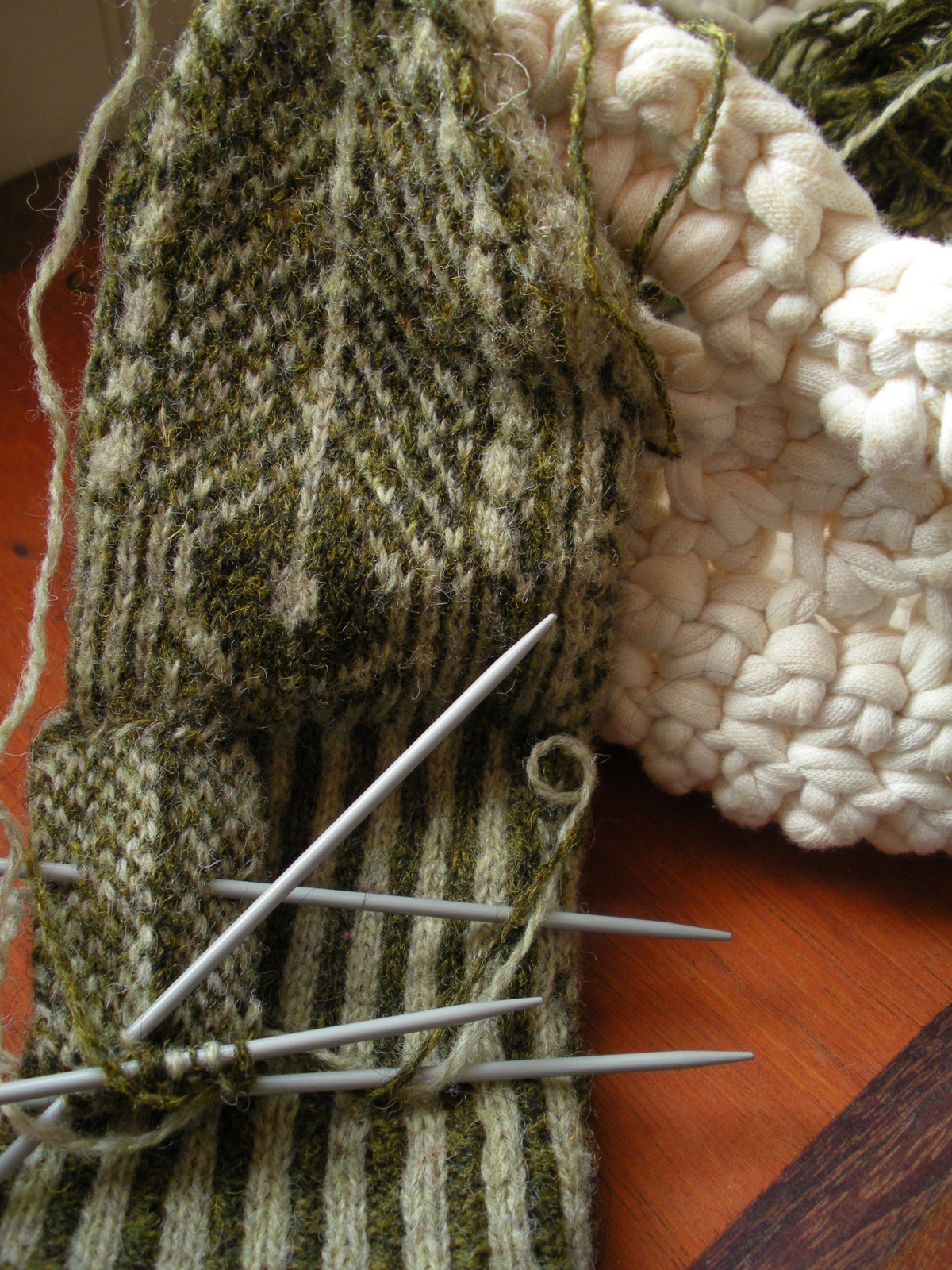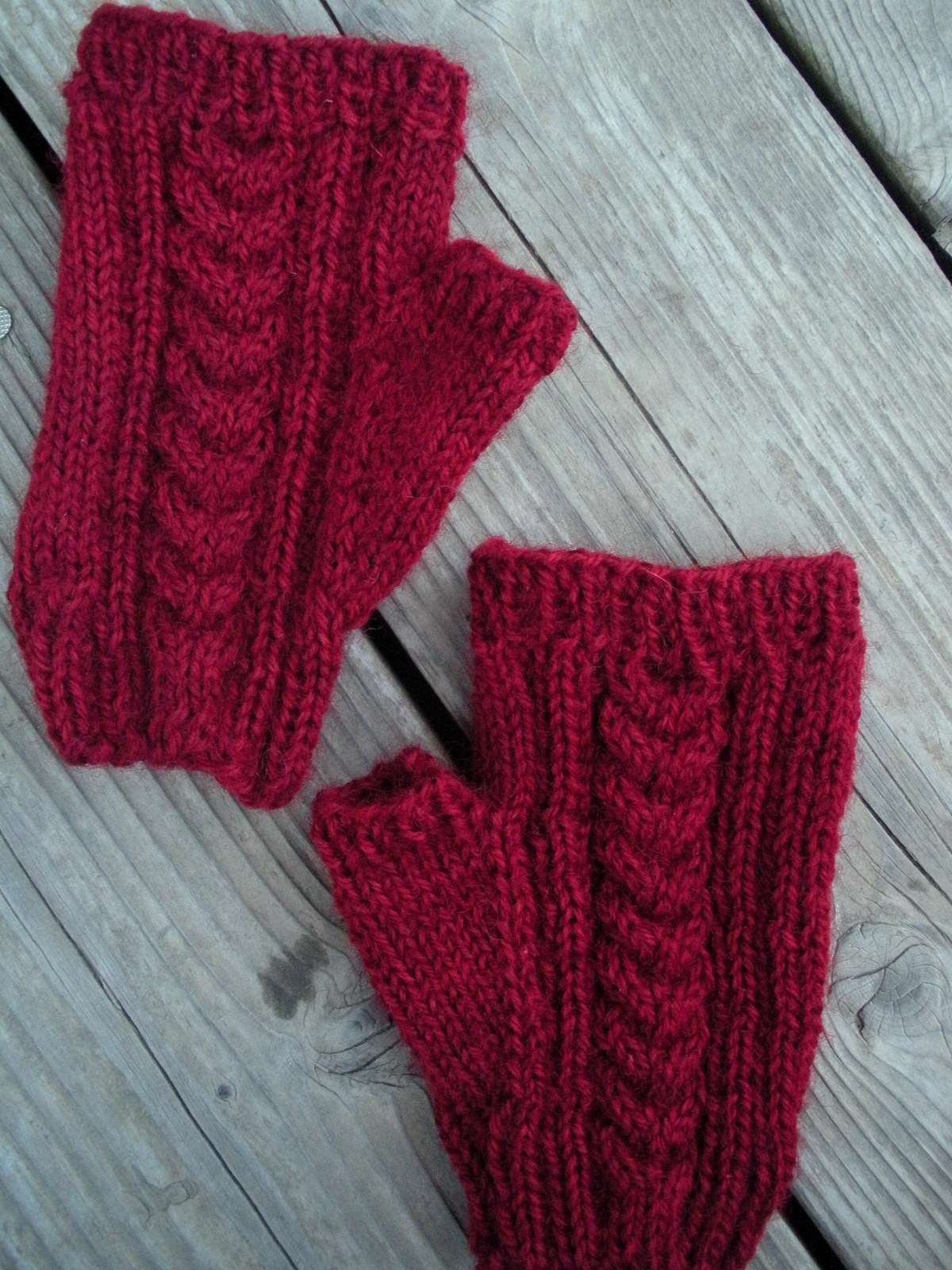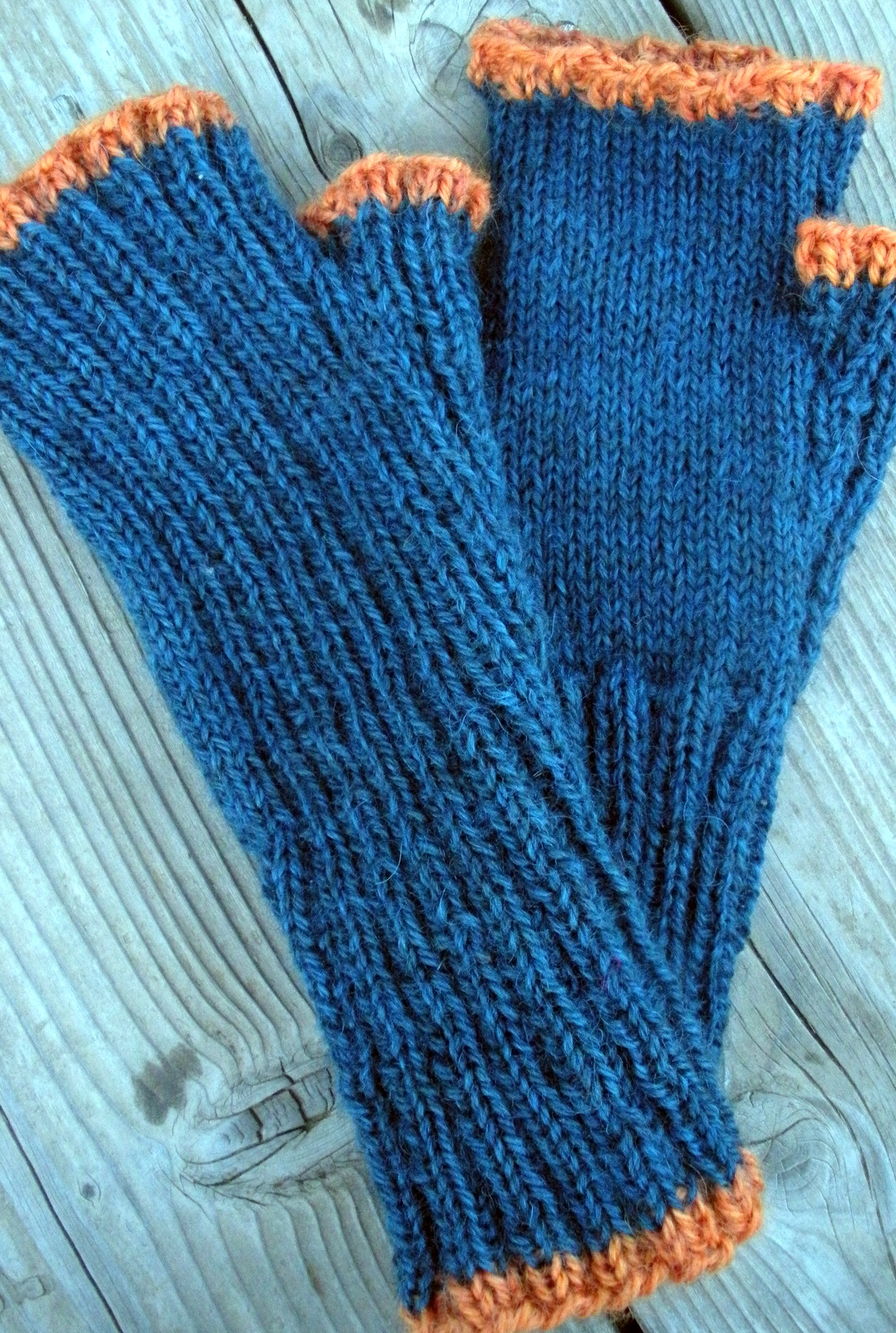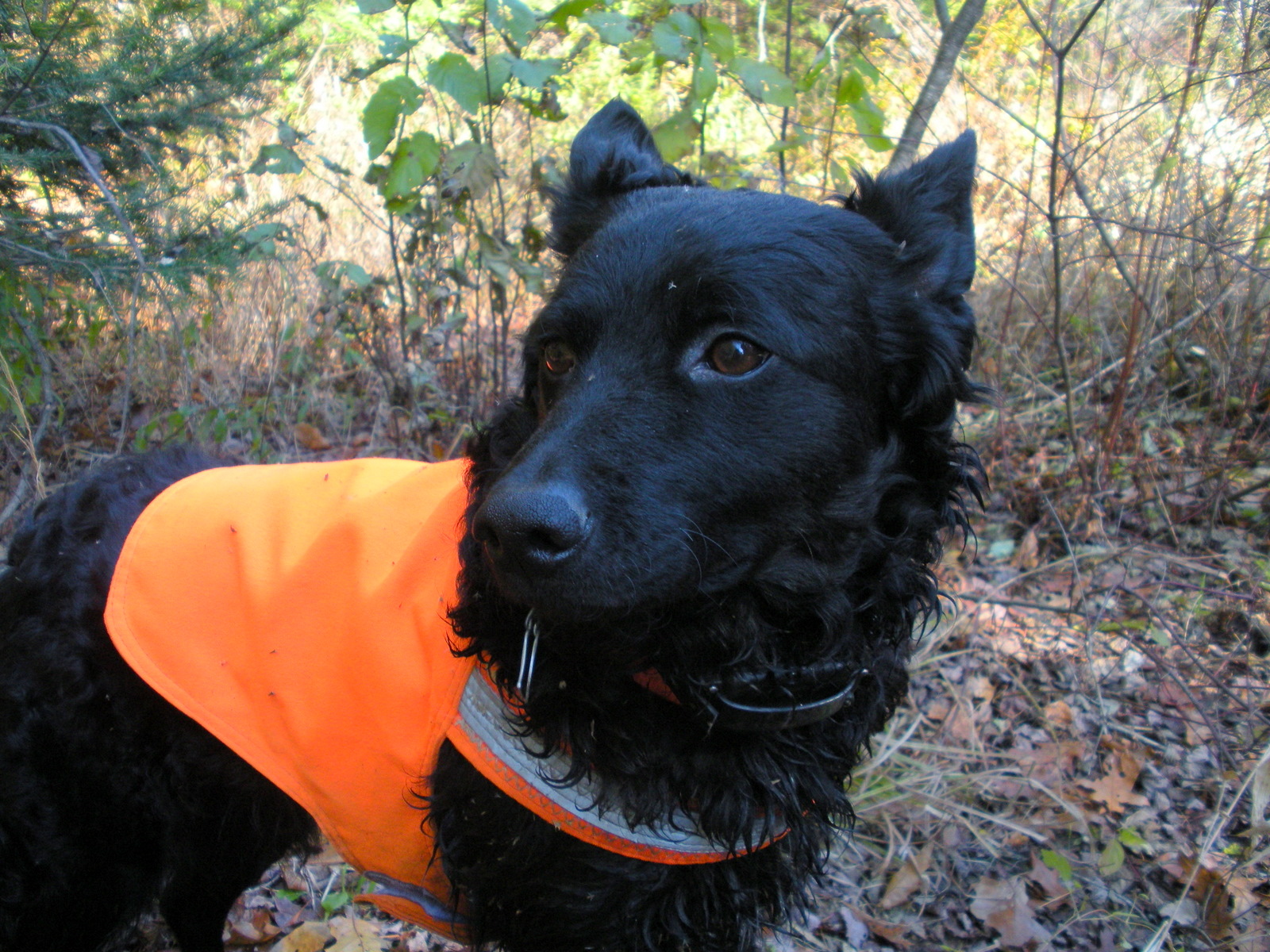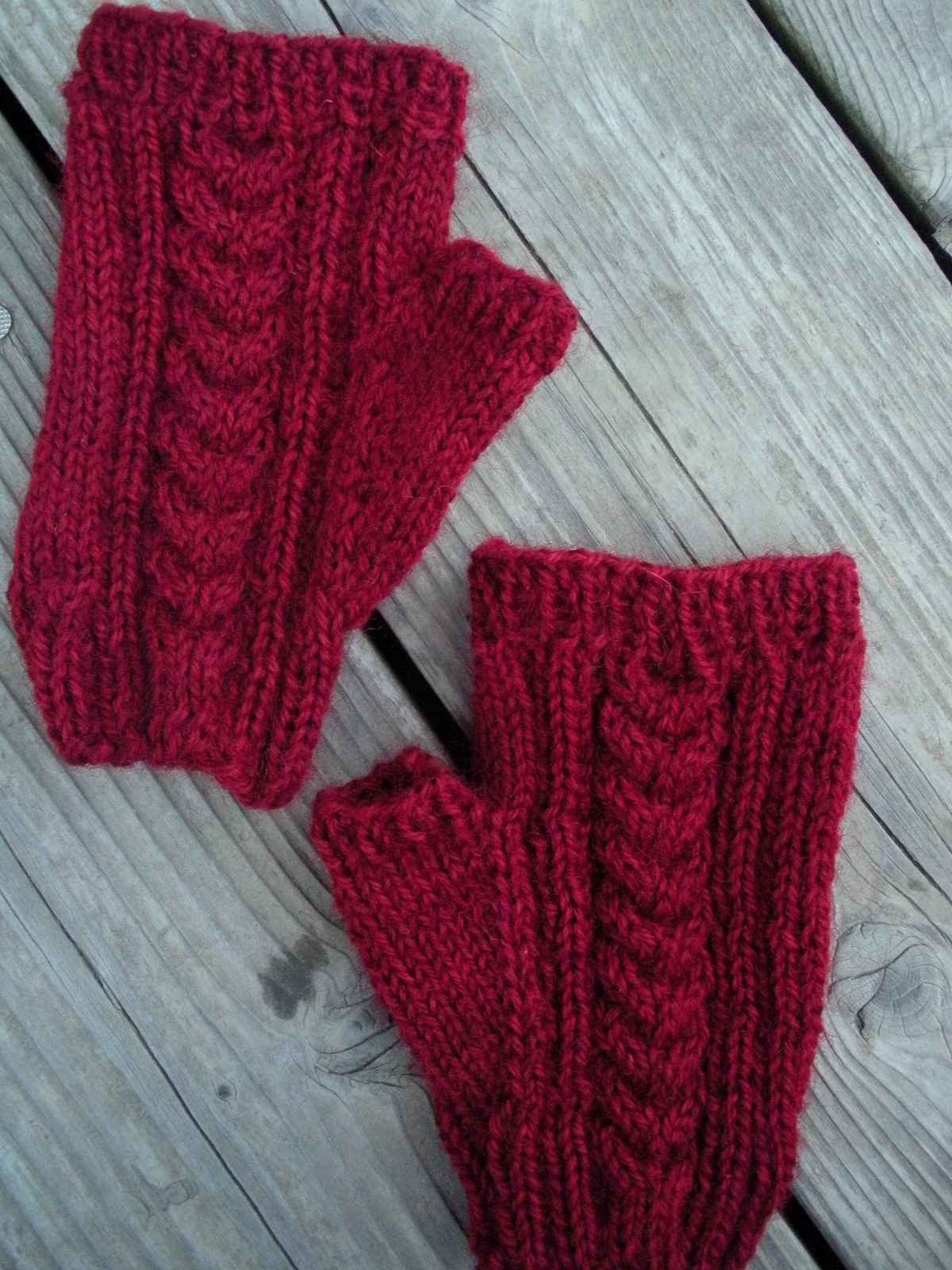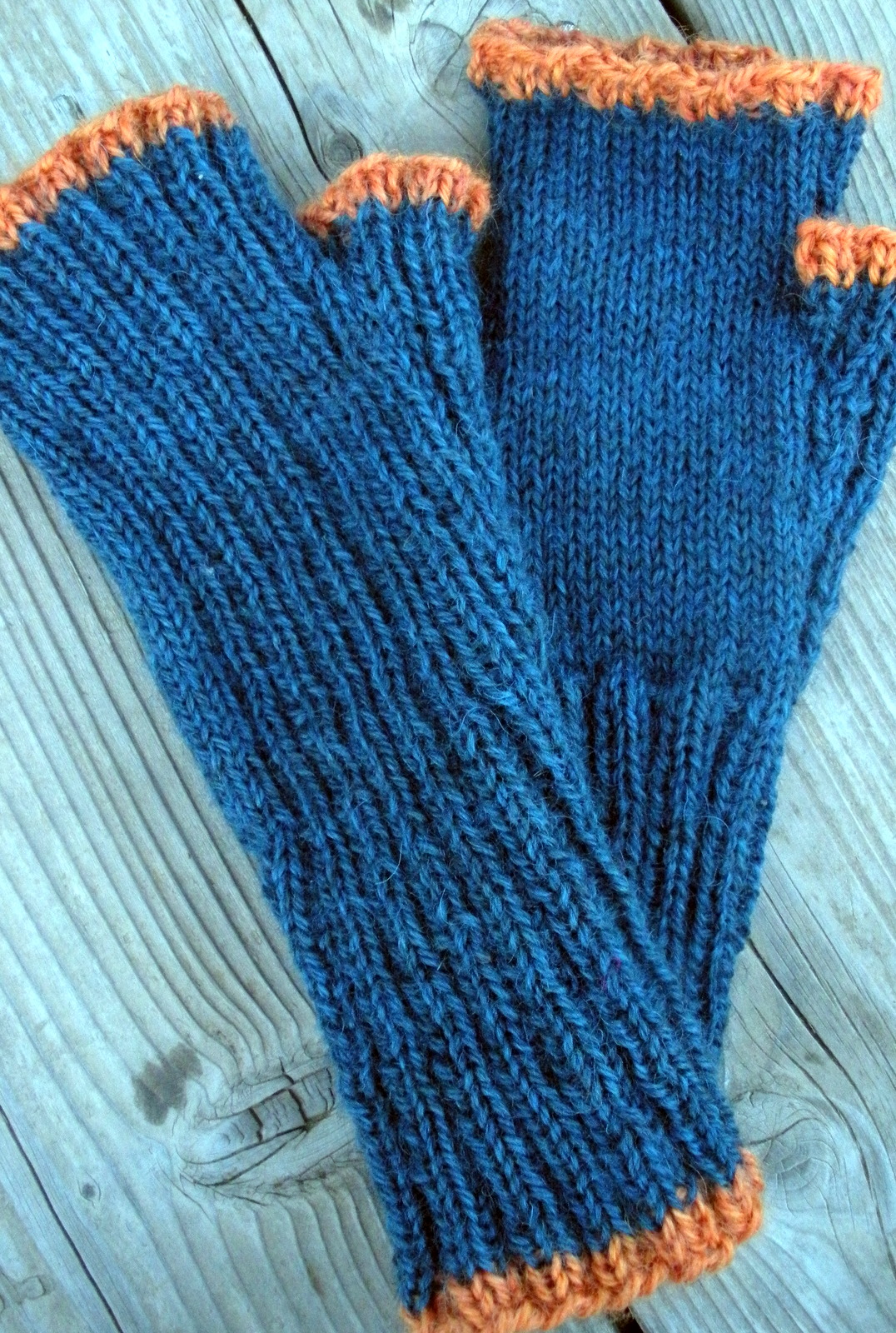 For many years I worked on traditionally rigged schooners (mostly the schooners used for experiential education programs, though I've also done tall ship festivals and dock tours) boats which, except for a few differences (electricity, refrigeration, engines, student crews) were constructed, rigged, and operated exactly as they would have been a hundred years ago. Actually, several of the boats I worked on were build over a hundred years ago, and while they move students and passengers these days rather than fish and sand, the sailing is the same. I started knitting my gansey (the second gansey I knit, the first was for my husband, knit years before I was to find boats) while living aboard the Ship Wavertree (built in 1885, now docked in the East River at what used to be Pier 15) and working aboard the Schooner Pioneer (also build in 1885, and now taking passengers on two hour sails around New York Harbor – look her up if you find yourself with a spare summer evening in NYC). I continued to knit my gansey while working on Highlander Sea, ex Pilot (built in 1924 for the Boston Pilots Association) tearing out and re-knitting sleeves now a bit too tight, and I finally finished it while sailing north from Belize on the Harvey Gamage, three months into a four month semester at sea program for high school students.
For many years I worked on traditionally rigged schooners (mostly the schooners used for experiential education programs, though I've also done tall ship festivals and dock tours) boats which, except for a few differences (electricity, refrigeration, engines, student crews) were constructed, rigged, and operated exactly as they would have been a hundred years ago. Actually, several of the boats I worked on were build over a hundred years ago, and while they move students and passengers these days rather than fish and sand, the sailing is the same. I started knitting my gansey (the second gansey I knit, the first was for my husband, knit years before I was to find boats) while living aboard the Ship Wavertree (built in 1885, now docked in the East River at what used to be Pier 15) and working aboard the Schooner Pioneer (also build in 1885, and now taking passengers on two hour sails around New York Harbor – look her up if you find yourself with a spare summer evening in NYC). I continued to knit my gansey while working on Highlander Sea, ex Pilot (built in 1924 for the Boston Pilots Association) tearing out and re-knitting sleeves now a bit too tight, and I finally finished it while sailing north from Belize on the Harvey Gamage, three months into a four month semester at sea program for high school students.

I have since worn that gansey while doing a thousand things that would be utterly familiar to most men who wore them back in the day, furling sails, hauling lines, flaking out anchor chain, climbing aloft far too early in the morning (swearing all the while) to unfrig a fouled topsail sheet, scraping sanding and painting some bit of the boat for the nth time, carrying heavy things onto the boat, carrying heavy things off of the boat, standing at the helm at two in the morning steering by a star, fixing a bilge pump worn out from overuse for the nth time, and curled up in my bunk fully dressed and soaking wet. At times schooner life is impossibly, romantically amazing, but more often it is cold and wet and kind of gross.
I am one of what I suspect is a small number of people currently alive who have extensively worn a gansey knit from gansey yarn in the work environment for which they were created (except for the fishing bit) and I have reached a few conclusions that I have not seen mentioned elsewhere.

Firstly, the armpit gusset really is genius: they really do give a lovely freedom of movement. I can work with my arms above my head (a frequent occurrence on boats, especially given that I am not tall) without my gansey rutching up. And the gussets also have a practical effect on the longevity of the gansey: every other sweater that I have worn for work ultimately tears at the underarm. When I reach above my head most of the weight of the sweater rests on the seam where the front and back of the sweater meet the sleeve, and those few stitches will inevitably give way. A gansey, being constructed in one piece, distributes the weight of itself far more evenly across a far greater number of stitches, and the gusset removed the weak point at the underarm entirely.
Secondly, one of the things that I have seen commonly written about ganseys, that they are “knit so tightly as to be wind and water proof” is just silly. I knit incredibly tightly, even when I am trying to do the opposite, and my gansey is neither wind nor waterproof, even after I have dipped it in a solution of wool fat, but being wind and waterproof is not all that important: wind and waterproofness is the purview of foully jackets, these day usually coated vinyl (oilskins back in the day) but what they do do is far more important: ganseys hold their shape when wet (which on a boat is most of the time). They neither sag, nor bag, or impede movement; wearing a sopping wet gansey is not that different from wearing a dry gansey. Before you dismiss this, think of your favorite sweater or sweatshirt. Now think about how it bags and hangs and sticks to you weirdly and snags on everything once it gets wet. Now imagine climbing a very narrow ladder that is moving erratically, and at the top wriggling yourself through an opening barely larger than yourself, and all this just to get to the place you need to be so you can start your real work (which is generally much scarier than the climb itself). Even modern fleece is unpleasant in this situation (actually, I’m biased, I dislike modern fleece in any situation) but I’ve done something very similar in my gansey on many occasions, and have never had cause to note that my gansey was in any way making the situation more difficult – which may seem like faint praise, but it really really isn’t.
And finally, knitting the sleeves from the top down is brilliant. Not only does is prevent the heartbreaking moment when you realize that because of gauge differences the shoulder on your sleeve does not match the shoulder on the body of the sweater, but when the cuffs wear through, which they will, it make the repairs the work of a lazy evening. I have re-knit the last few inches of both sleeve several times with no fuss or annoyance.









































